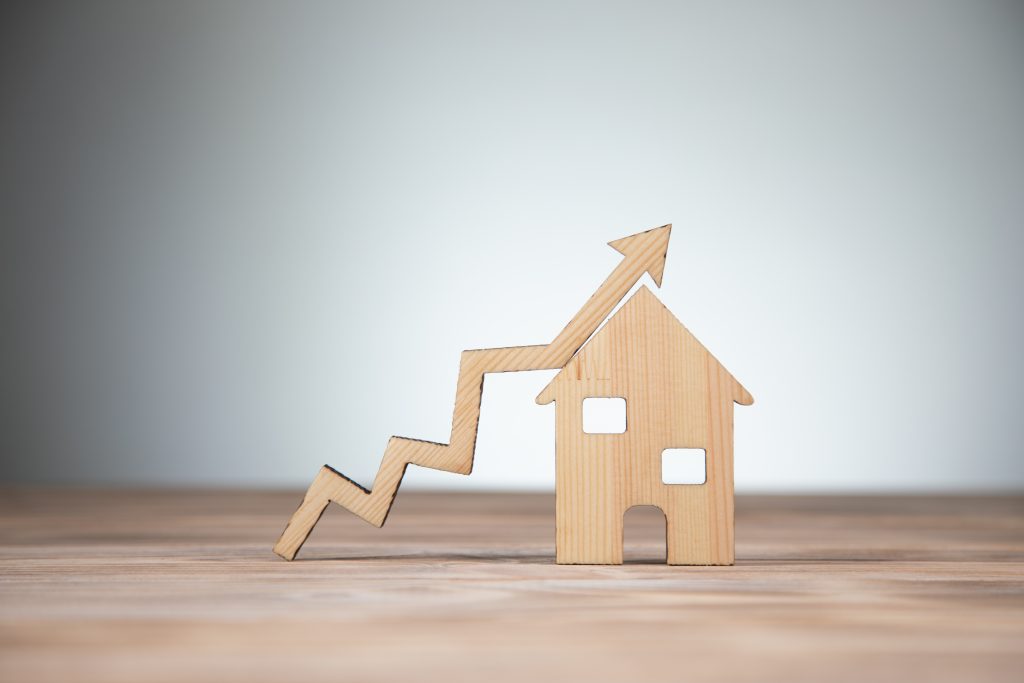AREITs – In search of growth

Looking at the reporting season scorecard, there was a vast improvement compared to last year. 15 REITs provided either EPS or DPS guidance. Those withholding guidance have retail exposures (CQR, GPT, SCP, VCX & URW) and cited uncertainty surrounding COVID with the recent NSW and VIC lockdowns being the key drivers. However, of the REITs that did provide guidance, many indicated that it was based on the assumption of a reopening by the end of the year following a successful vaccine rollout.
With structural shifts continuing to put pressure on retail and office earnings and the tight pricing in the direct markets for favourable assets, such as industrial and long WALE, many of the REITs (DXS, SGP, VCX, MGR, GPT, GOZ, SCP and AVN) have shifted towards active earnings, such as development and funds management, in order to generate growth. Out of the 8 REITs that have flagged their ambition to grow their fund’s management businesses, DXS has been the most active thus far in winning the management rights for the AMP Capital Diversified Property Fund, taking over the listed APN Property Fund (APD) and forming a partnership with Australian Unity in their Healthcare Fund. These transactions have increased DXS’s FUM by 60% to $25bn, making it the third-largest real estate fund manager in the sector after Goodman Group at $58bn and Charter Hall Group at $52bn.
Other REITs, such as Vicinity (VCX), have started a strategy to shift from being pure retail landlords to a broader real estate business with mixed-use developments and new funds management initiatives. VCX anticipates that they can grow this from 10% of earnings to 20% over the next ten-year period. Whilst these initiatives are seen as positive, it will take several years to build a track record and investors are unlikely to pay a premium for these earnings. The new entrants will have to compete with existing fund managers such as Goodman Group, Charter Hall Group and Centuria Capital, who have achieved consistent FUM growth of 20%+ over the past 3 years.
We have also seen REITs positioning for growth post COVID with Mirvac ramping up its two Sydney apartment projects (Willoughby and Harbourside), Stockland expanding in Manufactured Home Estates (MHE) post acquiring Halycon, and many groups taking advantage of low cap rates and robust tenant demand through developing logistics assets. This ability to create assets instead of competing in the direct market is seen as a key differentiator for earnings growth going forward.
Once again, this reporting season has highlighted the resilience of cash flow in the alternative real estate sector. Across the board, there were positive asset valuations in childcare, healthcare, data centres, farms, manufactured housing and land lease estates, driven by strong investor demand and continued cap rate compression. Furthermore, rent relief due to COVID has been minimal due to their exposure to essential services with long leases and government support to operators (childcare).
We continue to favour REITs with strong free cash flow and back management teams that can grow sustainable earnings through development and capital recycling. As a high conviction manager, we are benchmark unaware and can allocate to sectors with favourable thematics and growth outlooks including all the alternative real estate sectors highlighted above. Currently, the Fund has over 20% exposure to these alternative sectors compared to our benchmark of 6%.

